Brazilian Coffee Fine Coffee Bean treatment introduces how to make and drink Brazilian coffee
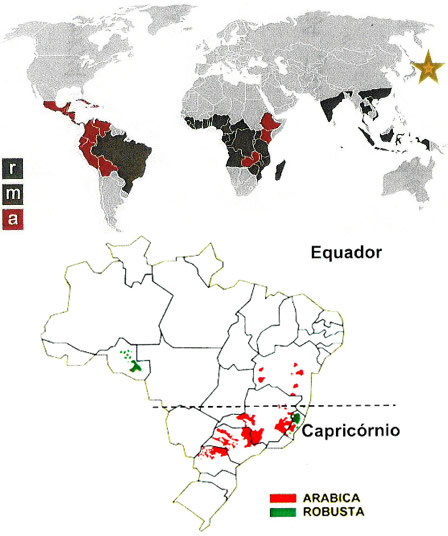
For professional baristas, please follow the coffee workshop (Wechat official account cafe_style)
The production of coffee is mainly concerned with,
① production ② diseases and insect pests ③ quality in terms of the stability pursued by agriculture, the first priority is production.
In addition, 80% of Brazilian coffee is dried, and the remaining 20% is semi-dried and washed. Its coffee taste characteristics are different, but high-quality coffee slightly tends to use semi-dry treatment. However, the drying method still has a deep-rooted popularity. When it comes to the difference between drying and semi-drying.
Drying method
The so-called drying method is the way in which the harvested coffee cherries go directly into the drying process after rough selection, and the raw beans are removed after shelling. It is a traditional Brazilian method, and the Japanese are also very familiar with it, and it can also be said to be the origin of Brazilian coffee.
Drying condition of dried coffee
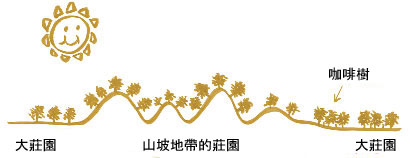
Semi-drying treatment
In recent years, much attention has been paid to the method of rough selection of the harvested coffee cherries, which is stirred by a blender to remove the pulp, enter the drying process, and remove raw beans after shelling.
The immature coffee can be removed by stirring in a blender. Therefore, compared with the drying method, the semi-drying treatment can improve the accuracy and reduce the difference caused by coffee plants.
Drying condition of semi-dry coffee
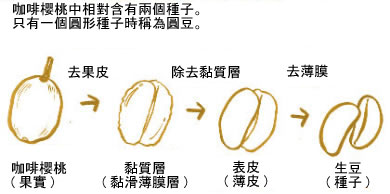
In pursuit of delicious Brazilian coffee. The export specifications of Brazilian coffee are classified and equal. This export specification is determined by the number of defective beans mixed with beans and the size of beans, so the number of mixed beans is small and the larger the beans are, the higher the specification is, but Brazil has a wide range of coffee producing areas and the coffee characteristics of various producing areas are very obvious. Although the above refining method will change the nature of the taste, it has nothing to do with the Brazilian export specifications.
Coffee plantations in Brazil range from large farms mechanized on flat land to small farms harvested artificially in mountain areas. There are no shade trees for shade in Brazilian agricultural gardens. Coffee trees are exposed to the sun to grow into fruit. In fact, this condition has some problems in making delicious coffee. Coffee fruits that have been exposed to sunshine for a long time are instantly ripe. On the other hand, sweet and mature coffee must go through the temperature difference between cold and hot, which has a lot to do with the limitation of sunshine time.
The coffee cultivated in the flat large coffee plantation at an altitude of 850 MULTHI 1200m is mostly neutral coffee with a slightly smooth taste.
In contrast, the coffee produced in the mountains in Brazil is slightly higher above sea level and the sunshine time is limited due to the slope of the hillside. As a result, the coffee fruit can be ripe on the tree for a longer time, so it can harvest coffee with high maturity, sweet and sour taste. (for example, tomatoes are also ripe on trees. The fruits are sweet, rich and delicious! )
Mechanized flat-land large agricultural garden
Both complimentary coffee and commercial coffee, which represent Brazilian coffee, are produced in this type. The coffee has a smooth taste and is suitable for use in coffee that is easy to mix, such as mixed coffee.
The open farms on the plains are harvested by machinery and coffee gardens in S ã o Paulo.
CarumondeMinas's coffee.
This is the most conspicuous area of Brazil at present, the agricultural garden that is often imagined as the mountain belt of Central America and Guatemala, and the large number of agricultural gardens that are harvested manually without machinery and dedicated to quality. Drink the coffee produced here, with a strong sour taste, sweetness and taste unlike Brazilian coffee, you can feel a good balance. There are many farms that are often favored by Cup Of Excellence, and they produce high-quality coffee to the extent that farms in other areas are hesitant to participate in Cup Of Excellent.
The Coffee Farm of Carumode Minas, South Minas.
Fully ripe coffee cherries on the tree.
Traditional wind power selection props
There are still many kinds of coffee that have not yet been exported to Japan by Brazil, an advanced coffee country. < CHAPADA DE MINAS > coffee and cat dung coffee, which are difficult to transport on land and can not circulate although they can produce good coffee, let civet cats eat coffee cherries and collect coffee beans in their feces. ), let birds eat coffee cherries, collect 'bird dung coffee' from their droppings, etc., and introduce them into Japan through various ways will eventually become a hot topic!
Important Notice :
前街咖啡 FrontStreet Coffee has moved to new addredd:
FrontStreet Coffee Address: 315,Donghua East Road,GuangZhou
Tel:020 38364473
- Prev
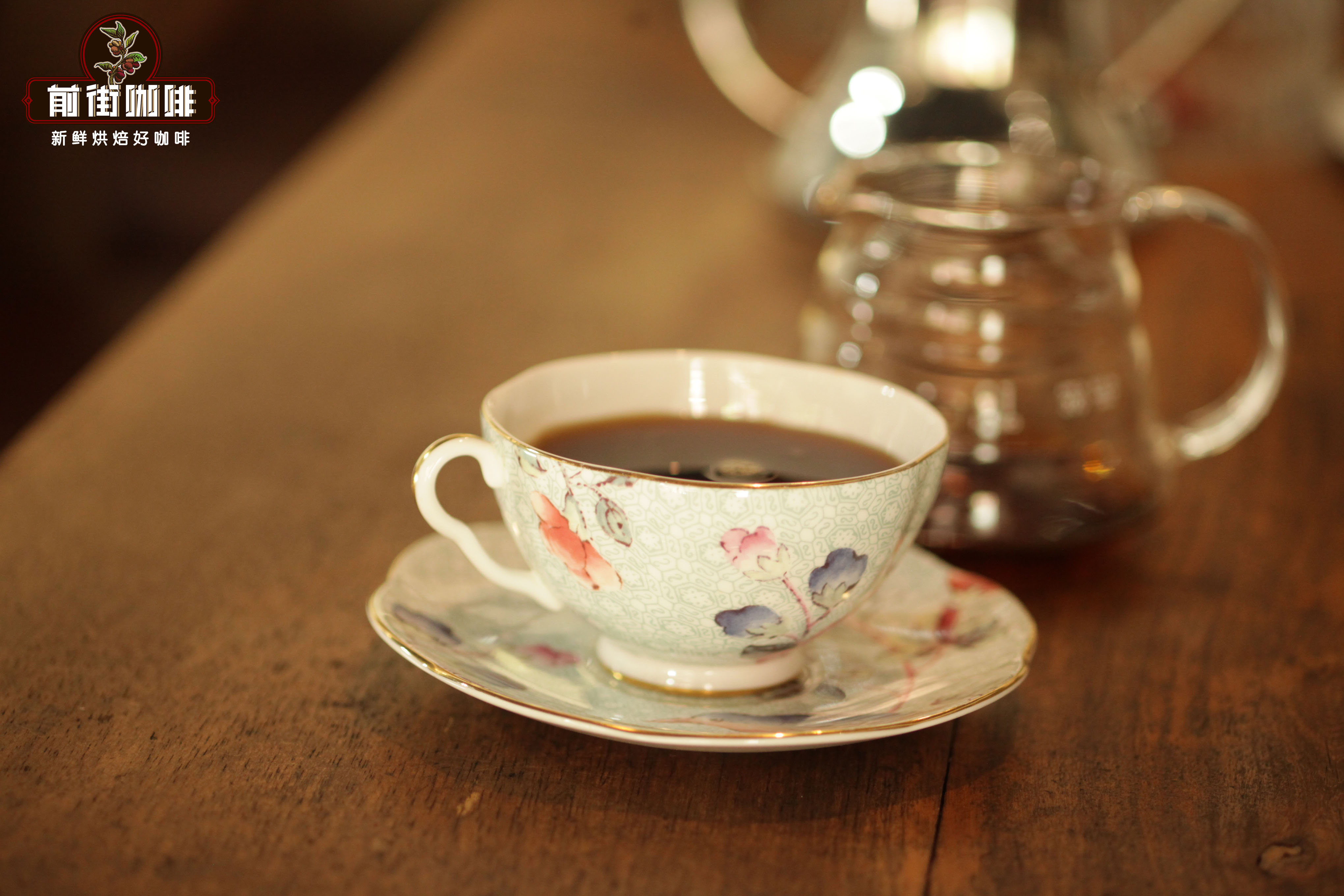
Introduction of Brazilian Bourbon Coffee Story description of flavor and taste of Brazilian coffee bean brand picture
For professional baristas, please follow the coffee workshop (Wechat official account cafe_style) Brazil is the largest coffee producer in the world, providing nearly 45% of the world's coffee raw beans. The length of the country's dry season may even affect coffee prices around the world. The main producing areas in Brazil are Minas Gerais Minas Gerais, Sao Paulo Sao Paulo, Bahia Bahia and Sao Ece.
- Next
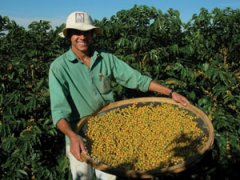
Brazilian coffee commercial beans VS boutique beans: lack of personality beauty but not without boutique
Professional baristas please pay attention to the coffee workshop (Wechat official account cafe_style) Brazil, known as the coffee kingdom, once accounted for 60% of the world's total coffee production at the beginning of the 20th century, and now produces an average of more than 30 million bags (60 kg each), accounting for 30% of the global production. Although Brazil is the largest producer of coffee, the Brazilian coffee garden has a low altitude and production environment.
Related
- Detailed explanation of Jadeite planting Land in Panamanian Jadeite Manor introduction to the grading system of Jadeite competitive bidding, Red bid, Green bid and Rose Summer
- Story of Coffee planting in Brenka region of Costa Rica Stonehenge Manor anaerobic heavy honey treatment of flavor mouth
- What's on the barrel of Blue Mountain Coffee beans?
- Can American coffee also pull flowers? How to use hot American style to pull out a good-looking pattern?
- Can you make a cold extract with coffee beans? What is the right proportion for cold-extracted coffee formula?
- Indonesian PWN Gold Mandrine Coffee Origin Features Flavor How to Chong? Mandolin coffee is American.
- A brief introduction to the flavor characteristics of Brazilian yellow bourbon coffee beans
- What is the effect of different water quality on the flavor of cold-extracted coffee? What kind of water is best for brewing coffee?
- Why do you think of Rose Summer whenever you mention Panamanian coffee?
- Introduction to the characteristics of authentic blue mountain coffee bean producing areas? What is the CIB Coffee Authority in Jamaica?

